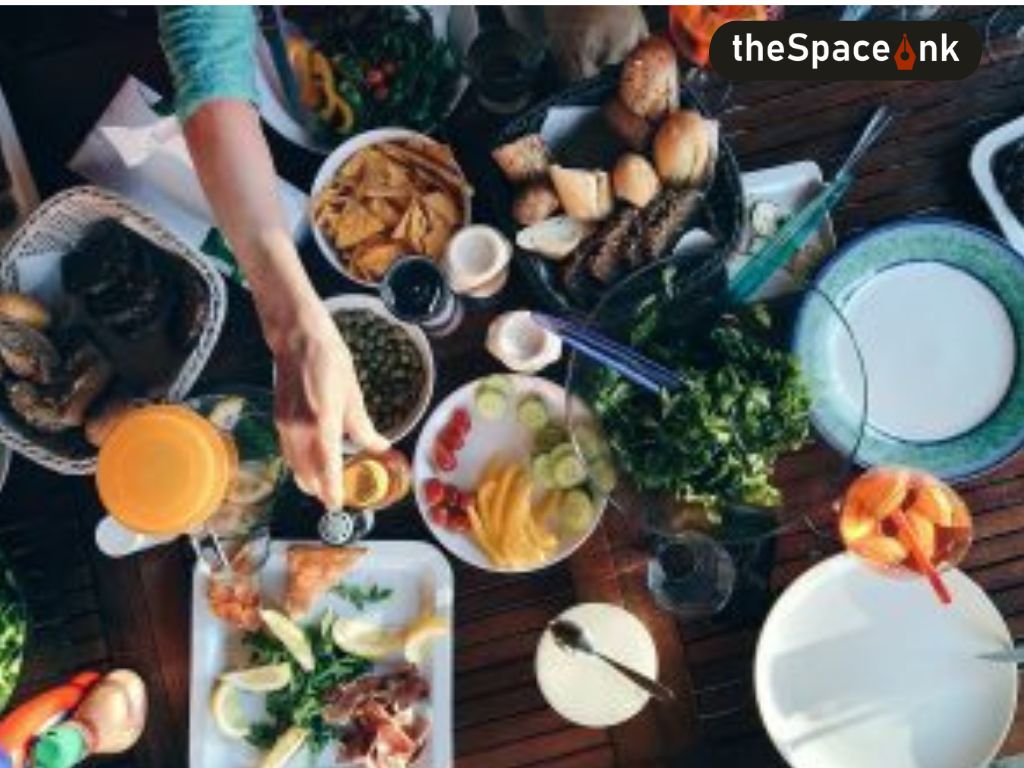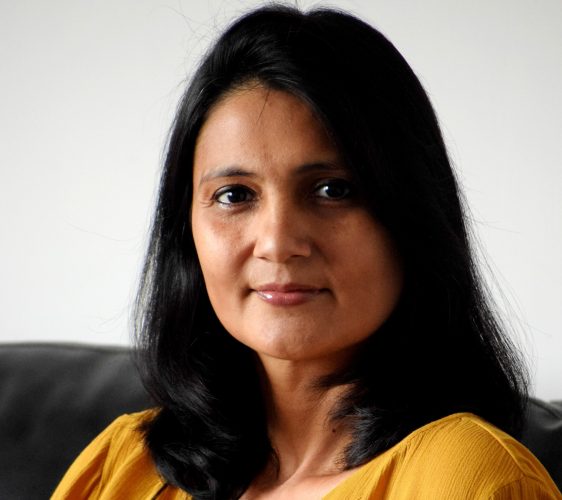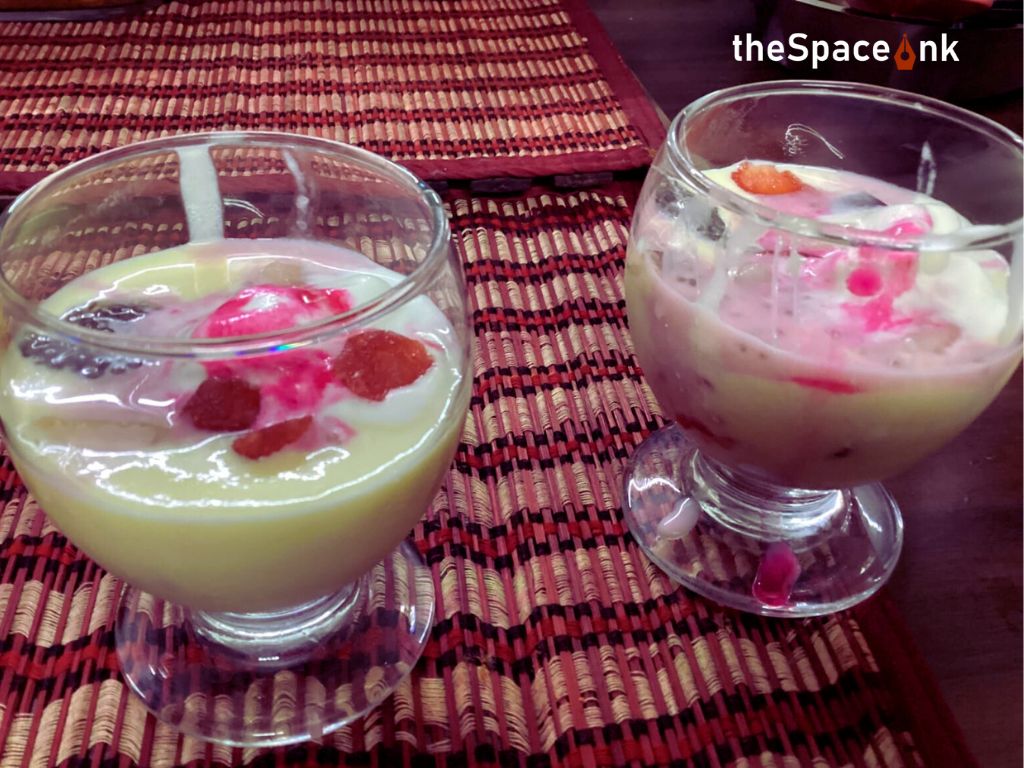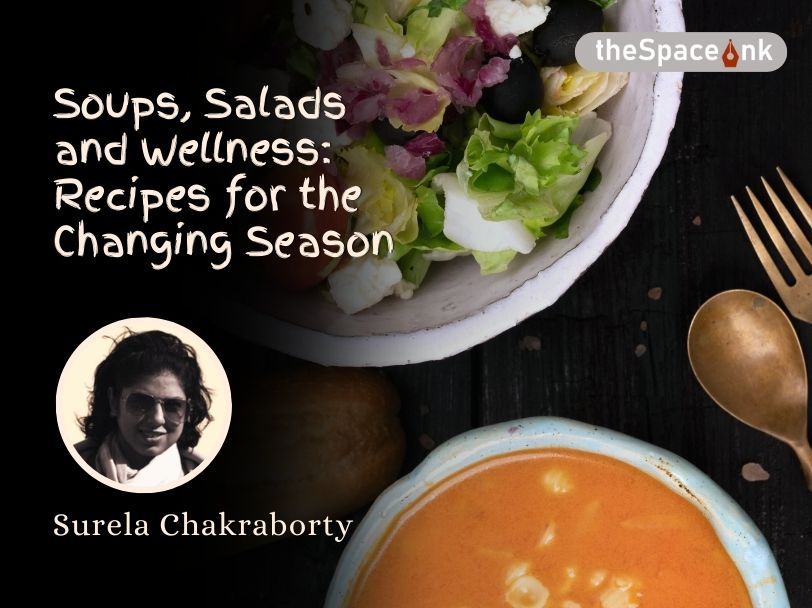Among the many joys of life lost to the current pandemic, sharing a meal is probably the most sorely missed by us all. One never had to think twice before grabbing a coffee with colleagues or throwing a weekend party for friends. It was so regular that we seldom realized the significance it had in our social life, unlike the French, who very early recognized the connection between social life and meals. Not only do they mark mealtime as sacred, they strongly believe in the significance of eating together, preferably in good company, and follow a strict ritual where people have their three meals at a fixed time in the day. The French are also very conscious of eating habits and never rush a meal.
A similar concept ‘potluck,’ is prevalent in Cambodia, where villagers congregate to share food and strengthen community bonding. One of the earliest evidence of sharing meals has been traced to the world’s oldest hearth unearthed at the archaeological site Qesem Cave, in Israel. Believed to be 300,000 years old, it suggests it was regularly used by the people inhabiting the place.
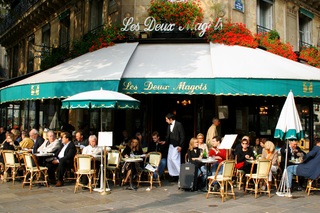
Food is something we all bond over. Food is a universal unifier, a conversation starter, a way to cherish, love and remember one another for times to come. Sharing food is seen as an expression of love, trust and friendship. Some of the fondest memories for a family are forged at the dinner table where a meal goes way beyond satiating the taste buds and culling hunger pangs. According to sociologist and author Alice Julier, of the book titled, Eating Together: Food, Friendship, and Inequality, when people invite others over for a meal, social inequalities play out in ways that can make people feel excluded or included. At the dining table the conversation had over food among different genders, races and social communities has the scope to reduce preconceptions and prejudices which is why food can initiate a strong social community bonding.
Sharing time over a meal is so primal that researchers have also recommended it for better workplace bonding. It certainly then isn’t an exaggeration that many regard dining time as a time that also nourishes the soul. Michael Frost, author of the book titled, Surprise the World: Fine Habits of Highly Missional People, who considers the act of eating together as a way to uncover inherent humanity, writes, ‘We share stories. And hopes. And tears. And disappointments.’ The interaction is so intense that people often shrug of inhibitions and warm up to each other.
No matter which community, culture or region one belongs to, we’ve all personally experienced ways through which food brings people together. Growing up in an Anglo-Indian settlement surrounded by numerous little villages and small towns, with native populace whose culture was so diverse from ours owing to the different lineage, once again it was food that cut across all these boundaries, and unified us as a community. Besides the special occasions like festivals, community picnics and get-togethers when every family cooked a dish and the residents came together to relish it as a community, there was another source of sharing food that provided a reason for everyday interactions.
With an orchard in our backyard, the abundance of harvest was enough for people of the whole locality. Not only did the shared produce bring closeness, it also helped us to cross over and understand the food habits of other cultures. For instance, it was only after the locals introduced us to Indian hog plum or amra, we realized the value of this fruit which grew in our jungle. And the royal mango has over the years fostered many fruitful relationships that lasted long after the mango season got over. When we visited friends, we took a bag of mangoes along. Sometimes the principal of our school would drive down to our place to feast on the flavours of the seasons. Our neighbour across the street, renowned for her baking skills, was mad over mangoes. In appreciation for a bag of juicy Langda or Dasheri she would bake a scrumptious cake with mango frosting for us, or make a delicious mango pudding.
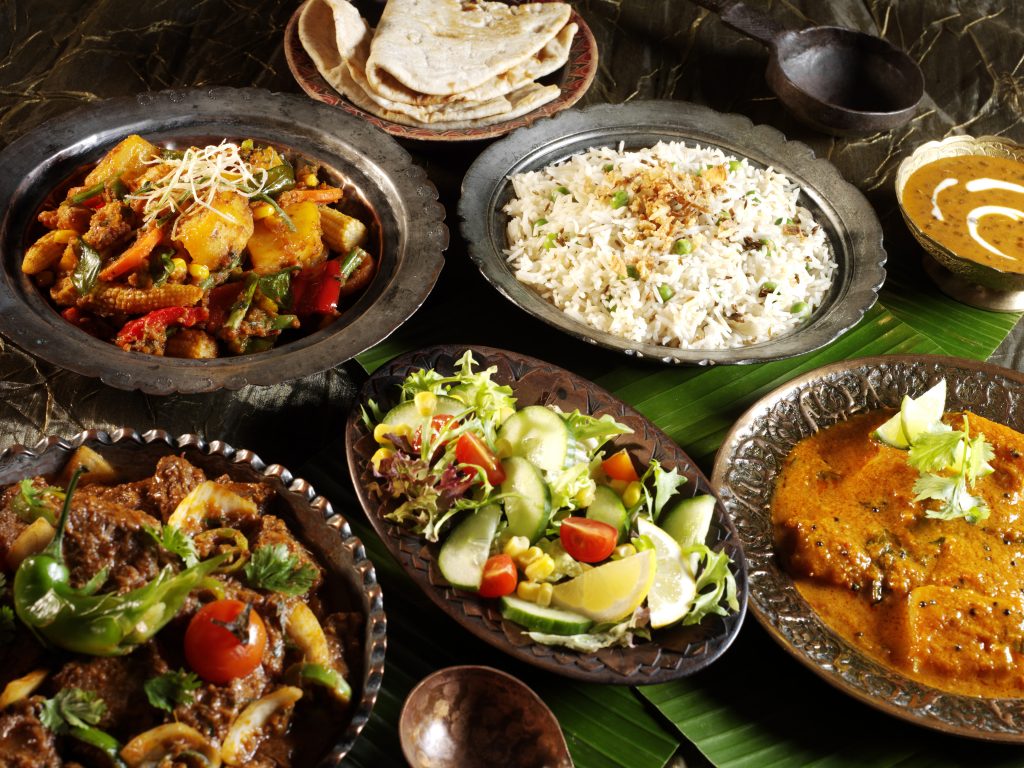
With an orchard in our backyard, the abundance of harvest was enough for people of the whole locality. Not only did the shared produce bring closeness, it also helped us to cross over and understand the food habits of other cultures. For instance, it was only after the locals introduced us to Indian hog plum or amra, we realized the value of this fruit which grew in our jungle. And the royal mango has over the years fostered many fruitful relationships that lasted long after the mango season got over. When we visited friends, we took a bag of mangoes along. Sometimes the principal of our school would drive down to our place to feast on the flavours of the seasons. Our neighbour across the street, renowned for her baking skills, was mad over mangoes. In appreciation for a bag of juicy Langda or Dasheri she would bake a scrumptious cake with mango frosting for us, or make a delicious mango pudding.
Evidence that our ancestors were fastidious about preparing authentic meals and preserving recipes is reflected in the habit families showed to fiercely guard recipe secrets like precious heirloom, to only pass them down to their next generations. To the extent that if a recipe was popular and someone wanted to replicate it, it wasn’t uncommon for them to exclude a few ingredients from the original before sharing. That’s how in the days of yore grandmas retained their monopoly over certain traditional meals. Much similar to the trade secret of the fast food chains and cola companies that are worth billions today.
It might appear easy to share personal stories about food and you don’t need to be a food historian or a culinary expert for that, but it also depends entirely on who you’re trying to woo. Soon after my marriage into a Bengali family, a community that prides themselves for being foodies, I realized food wasn’t only a conversation starter, it was the entire conversation. Needless to say, I found myself at sea when it came to both, speaking Bengali, and talking about their cuisine. But thankfully the ingredients were the same and while we might not have had a common dish to bond over, using the same handful of ingredients, mom-in-law and I would take turns to churn out dishes from our respective communities.
Looking back, I can only smile at how our food diversity became the bridge to a lifetime of food stories shared at the dining table, their memories, like wafts of a fine meal, linger on.
Images courtesy: Pxhere, Wikiedia Commons
Lesley D. Biswas is a freelance writer and children’s author based in Kolkata. Her interests include nature, bird photography and cricket.


